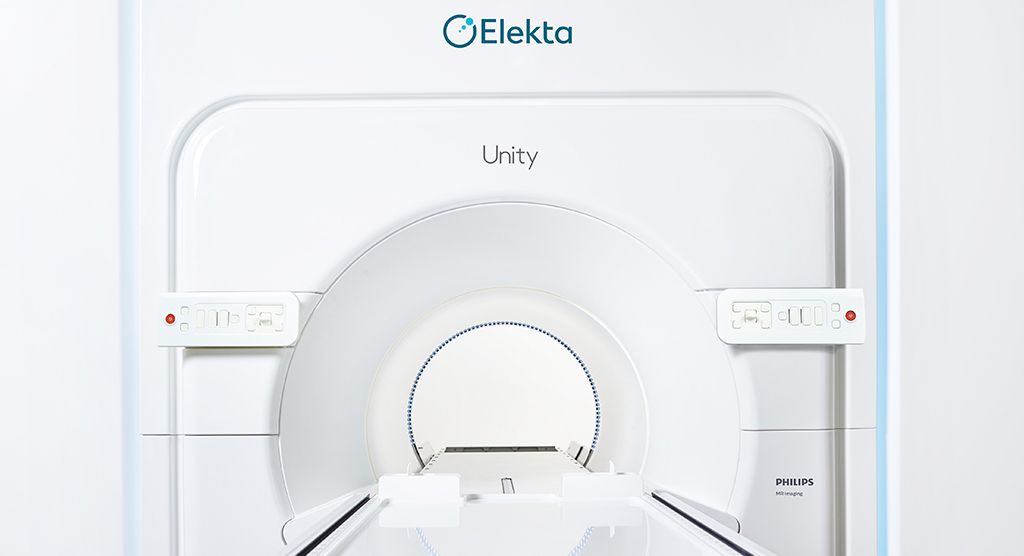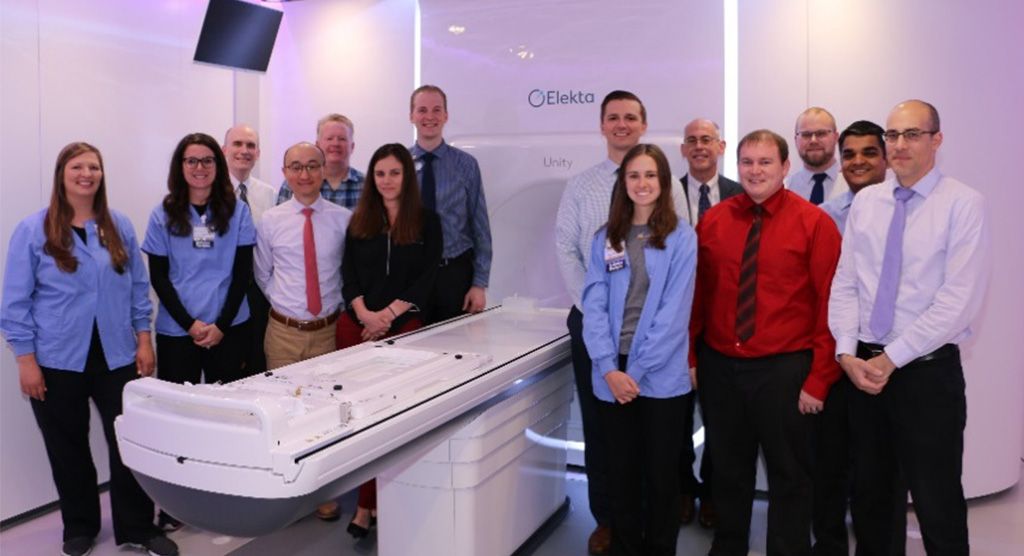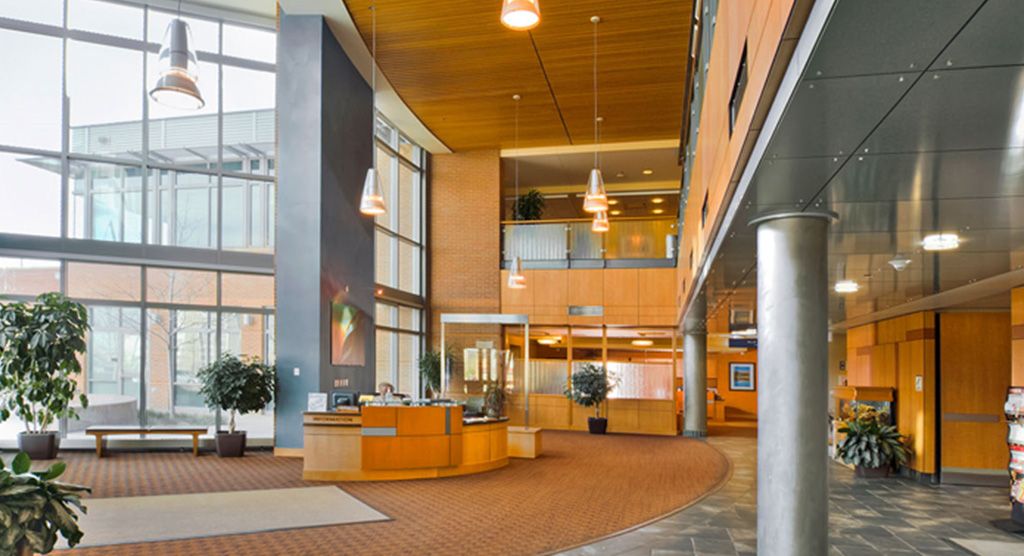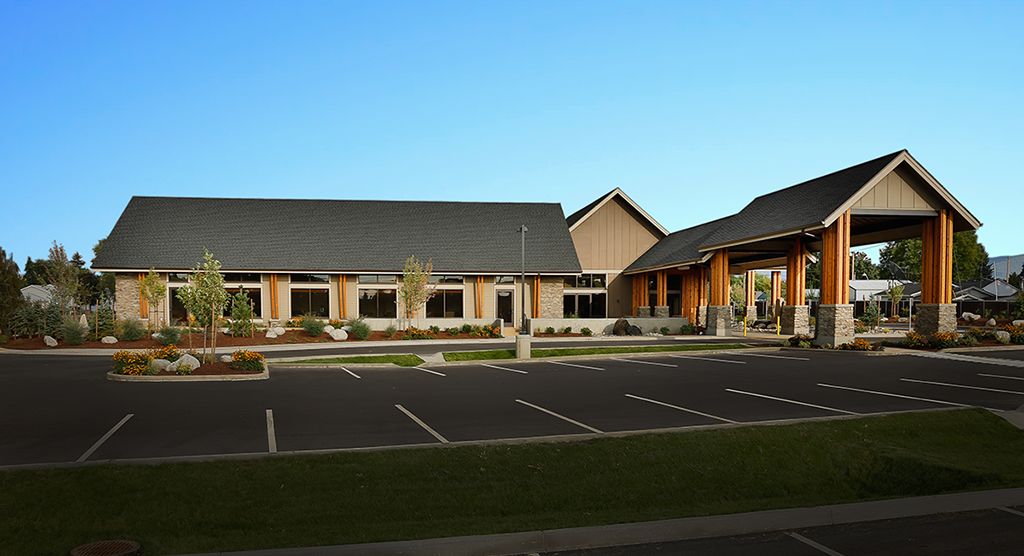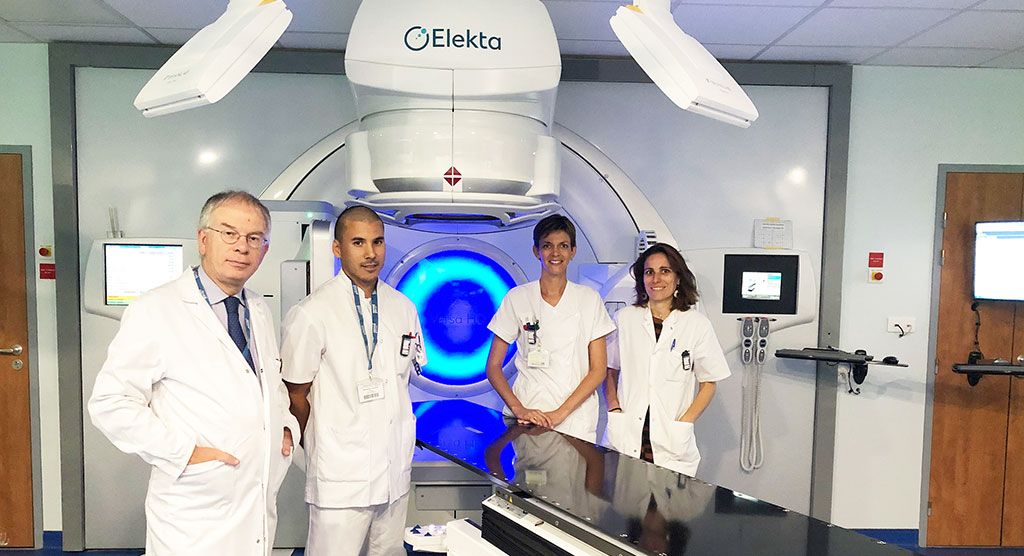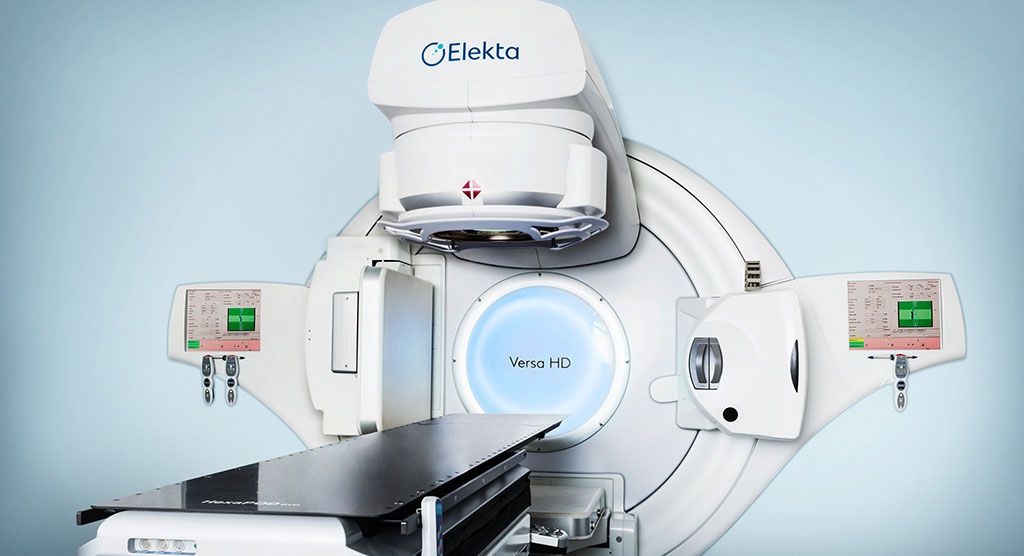Elekta MR-Linac Consortium highlights major progress on clinical and research fronts
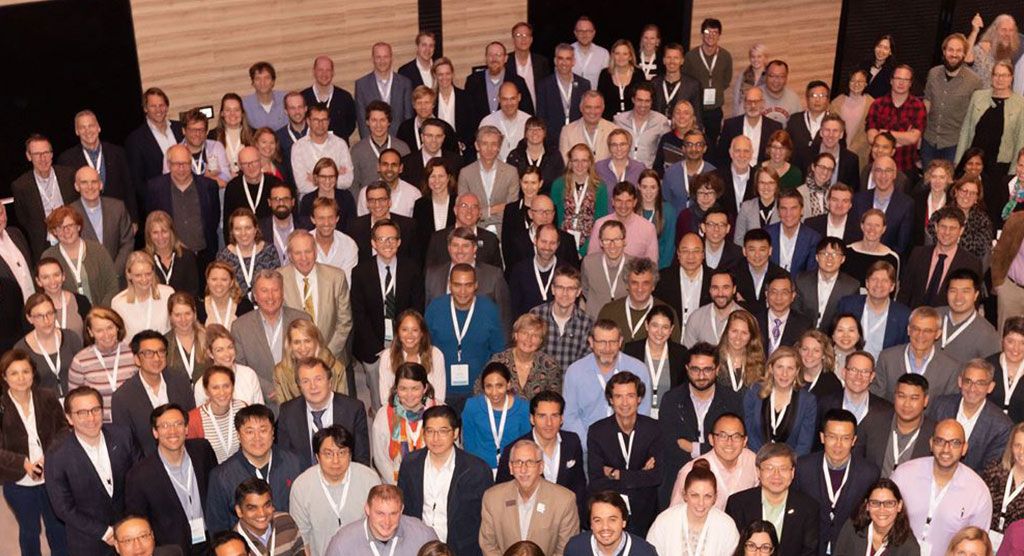
By Marco Luzzara, Elekta Research Director – Medical Affairs
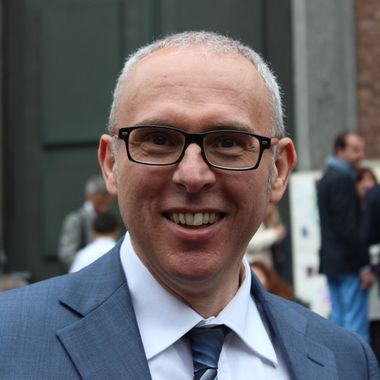
In beautiful Amsterdam, nearly 300 representatives from 34 consortium sites shared their clinical progress with Elekta Unity at the 14th Elekta MR-Linac Consortium meeting. The collaborative meeting featured a combination of tumor site group presentations, in addition to engaging dialogues that set the basis for demonstrating improved patient outcomes through the application of the MR-Linac.
We were excited to welcome six new members from Spain, the Netherlands, Canada, Korea and Australia who were able to take advantage of new educational sessions geared toward giving them expert knowledge of the consortium goals and Elekta Unity technology. These sessions included Monaco® treatment planning, quality assurance and clinical workflows for Unity. The educational sessions are new for the Elekta MR-Linac Consortium meeting and the plan is to continue with this approach for our growing community. The feedback I received from new and founding members regarding the educational sessions was very positive. Collaboration on planning and sharing clinical and research experiences is what makes this Consortium so unique according to members. For new users the educational presentations were extremely informative and concise, making interactions very easy.
“…engaging dialogues set the basis for demonstrating improved patient outcomes through the application of the MR-Linac.”
The insight from members of the Tumor Site Groups (TSG) was particularly enlightening. TSGs represent a set of clinical working groups inside the MR-Linac Consortium that define the details of clinical studies and standardize best practices.
TSG members gave numerous presentations highlighting the clinical progress and value of MR-guided radiation therapy for different indications (not all reported here):
- Bladder and liver TSG: Emphasized the important role that MR can play for all patients receiving radiotherapy for tumor definition, adaptation and response assessment.
- Esophagus TSG: Suggested the possibility to adopt radiotherapy as a front-line option instead of surgery.
- Oligomets TSG: Showed the general aim of improving local control and overall survival with no increase in toxicity. The use of extreme hypofractionation was also a major topic in this TSG session.
- Prostate TSG: Prostate cancer has emerged as a very common indication for MR/RT, contributing to a large volume of cases treated. Presenters showed that many prostate cancer patients have diffusion-weighted imaging (DWI) scans, the results of which can serve as a biomarker to monitor changes, e.g., treatment-related increase in apparent diffusion co-efficient. The first trial was also proposed and discussed.
- Rectum TSG: Another indication with a wealth of cases, the Rectum TSG groups proposed an imaging study for response assessment.
At the meeting, a new group was introduced – the Healthcare Policy Development Working Group – which will be tasked with coordinating how to communicate the economic and operational value of MR/RT from a societal perspective.
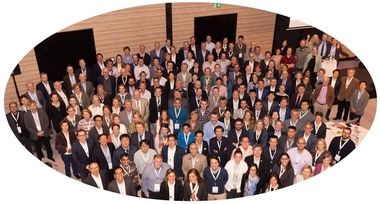
In addition, three new brainstorm groups were introduced – Radioimmunotherapy, Cardiac Ablation and MR Biomarkers. The topics covered by those new groups have been considered having a potentially high impact on clinical implementation and broad interest within the Consortium.
Participants were also updated on the MOMENTUM (Multi-Outcome Evaluation of Radiation Therapy Using the Unity MR-Linac) study, a multi-institutional, international registry facilitating evidence-based implementation of Elekta Unity. It was reported that enrollment for the observational cohort study is progressing well. At the end of 2019 more than 350 patients have been accrued from all seven sites that are currently part of the project.
It was gratifying to see that our Consortium identity and motivation continues to grow and we are looking forward to the first clinical reports coming from MOMENTUM and other studies.
